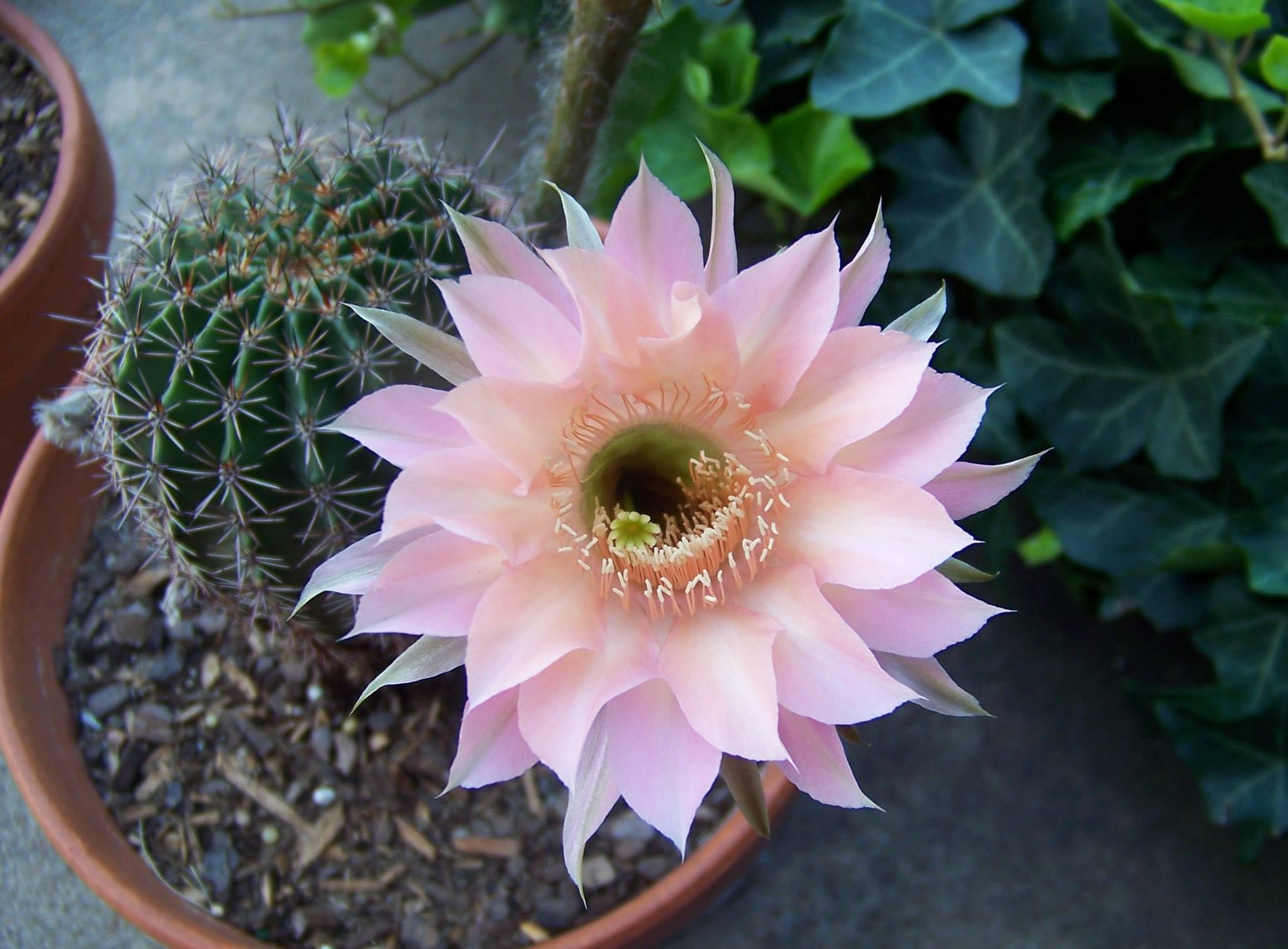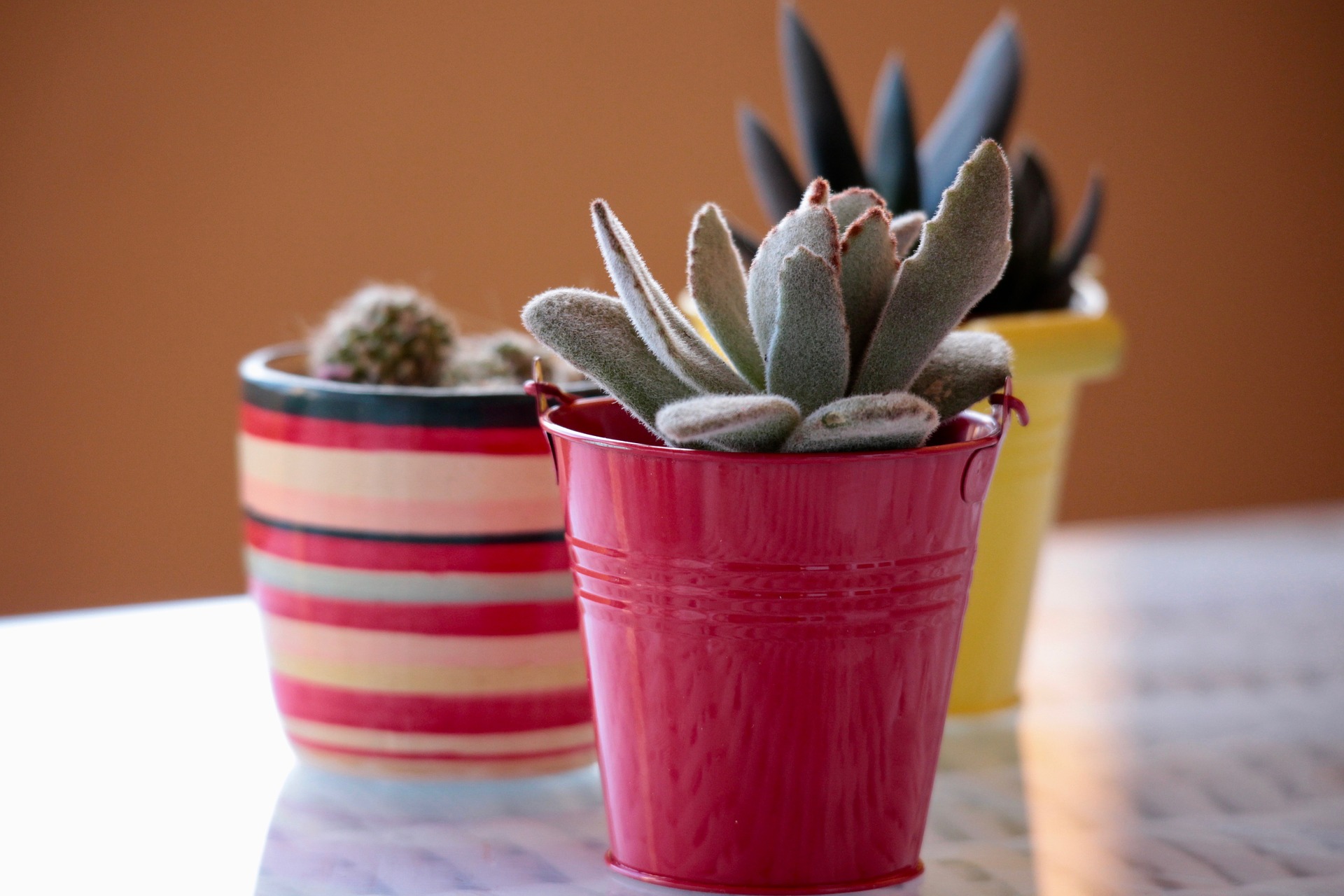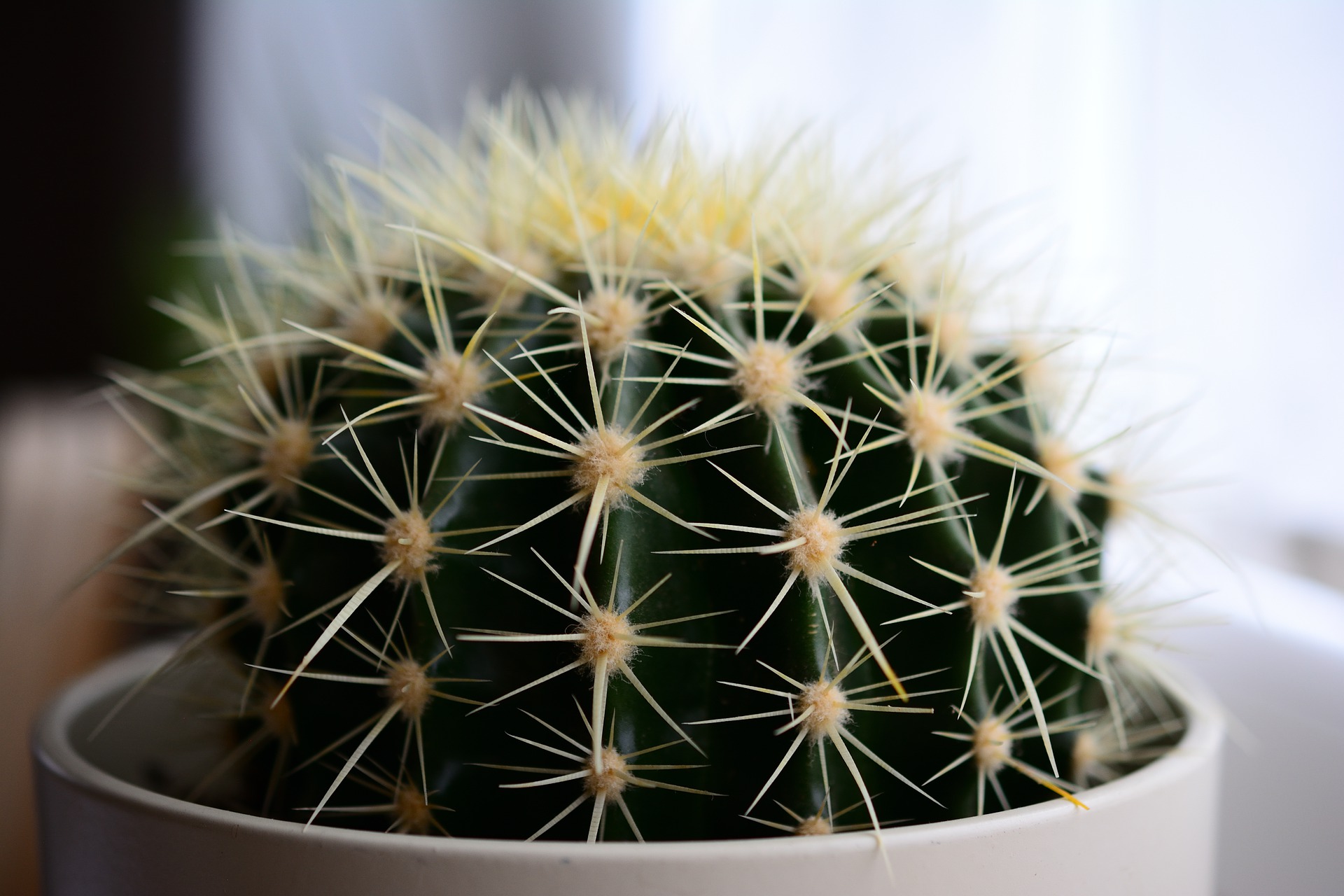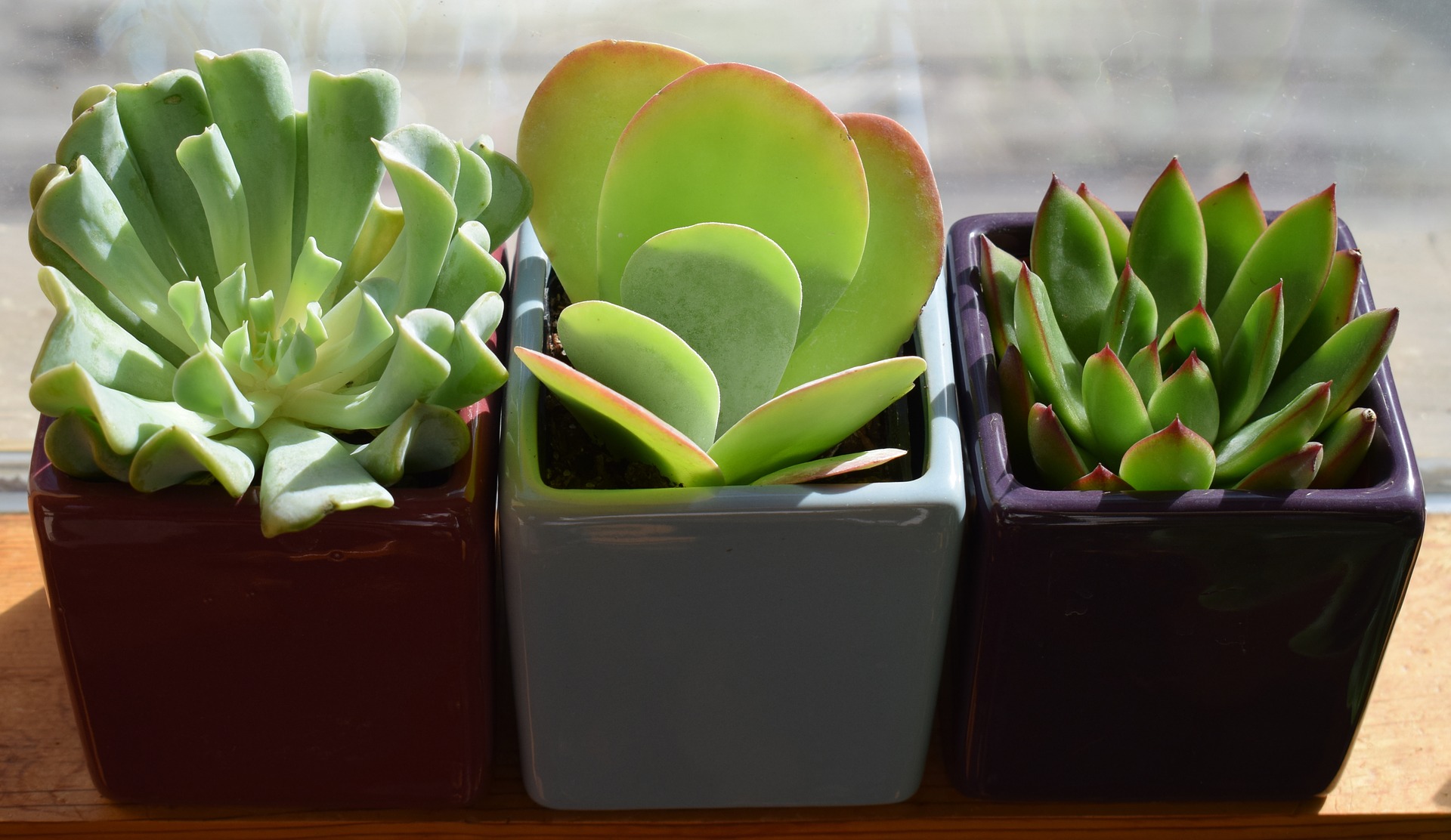Any garden worth its salt should have a few species of succulents. People tend to go for succulent plants for their oftentimes unique looks, their drought-resistance aspect, and low maintenance. Repotting these plants will allow them to grow bigger and bloom more.
Although repotting overgrown succulents is not a complicated task, you have to have the correct information and skills to do it right. Whether you’re a seasoned, succulent lover or just a beginner, you should know how to replant succulents.
Do You Have to Repot Succulents?
Repotting the plants is essential, and here are a few reasons why:
-
You Have a New Succulent Plant
They usually come in tiny, unimpressive black containers when buying succulent plants. These plastic containers hinder the Succulent’s growth, apart from how unpleasing they are to the eyes. Make sure you don’t wait too long before moving the plants to a new pot (a week or two max).
-
The Succulent has Outgrown its Pot
In case your Succulent seems like it’s outgrowing its present pot, it’s about time you repotted it in a larger container. Just like any other plant, succulents require growing room. If the plant seems like it’s starting to get a little too big, get a new pot. The same goes for when you notice the root system emerging from the bottom of the pot.
-
The Last Time You Repotted Your Plant Was Ages Ago
If you cannot recall the last time you repotted your plant, it’s probably time to do so. Maybe it has been years since you shook things up, and your plant is long overdue for some crucial changes. Keep in mind that you may not have to switch the pot necessarily. You can replace the soil mix to get fresh nutrients.

How Regularly Should You Repot Your Succulents?
Different plants have different maturity periods. However, the suitable time frame to repot succulents should be 12-18 months.
Helpful Tip: Although it may not be technically the ideal time to repot, changing out the soil regularly is recommended. Fresh soil boasts many vital nutrients for the Succulent’s growth and development.
Factors to Consider When it’s Time to Repot Your Succulents
Repotting your succulent plants is an art by itself, and there are non-negotiable aspects that you should keep in mind.
-
Repot in the Right Season
It would help if you repotted your succulents at the correct time of the year. The ideal time for this process is when the growing season starts, just when the succulents start propagating. Since succulents are mainly dormant during winter, repot them in spring.
Interestingly, other succulents become dormant in summer; thus, the fall is the best time to repot them. Repotting your plant in the right season gives it time to get accustomed to the new environment before growing time hits.
-
Repot at the Correct Time
It is advisable to repot succulents when they are under indirect sunlight. The ideal time is very early in the morning or late afternoon to give them ample time to acclimatize before darkness sets in. If you repot the succulents just before nightfall, they won’t be able to dry out sufficiently, leading to mold or rotting.
-
The Right Tools for Repotting Succulents
As you repot your succulents, it pays to use the right tools. Utilizing the wrong tools can damage the plants. Here is what you’ll:
A Hand Cultivator
This is an excellent tool when repotting your succulent plants. It’ll assist you in dividing the roots correctly and safely without hurting your hands.
A Small Shovel
While using a small shovel, ensure that its edges are soft and not too big. If it doesn’t meet these specifications, the chances of damaging the plant are higher.
Spoon or Knife
You can use a small kitchen knife, an awl, or spoon to scrape away remaining roots sticking to the sides of the old potting medium. Without these tools, a stick can also come in handy.
Pair of Secateurs/Sharp Pruning Shears
There might also be dead roots and leaves in the old potting medium. The cutting process calls for clean cuts. A pair of tweezers can also come in handy.
Small Brush
Lastly, you should have a small brush for clearing away the old potting medium remaining around the Succulent’s roots.
-
It is Crucial to Use the Right Pot
Make sure you put your Succulent in a pot with sufficient space for more soil. Usually, it would be best if you repotted it in a pot that’s larger than the previous one. As a rule, use a pot that’s one size bigger than the last one.
Make sure that you don’t overdo it and settle for an excessively bigger pot since it can wreak havoc to the roots when watering. Remember to use a pot with drainages to allow excess water to escape. To be on the safe side, go for ceramic or terracotta pots due to their porous nature.
-
Use a Fresh, Well-Draining Soil
As you repot your succulent, choose new, well-draining soil. Garden soil isn’t the best since it may have various weed seeds, leading to a significant weed problem down the road. Cactus soil or commercial succulents are good options, but you can still form a soil mixture of your own.
Ensure that the fresh potting soil has perlite to enhance air circulation and alter the substructure of the soil to prevent compaction while keeping it well-draining and loose.

How to Expertly Repot Succulent Plants
1. Check for Signs of Pests or Diseases
Before repotting, ensure that the succulent is healthy and has no pests or diseases. Check the plant for yellowing or discoloration.
2. Get Rid of Dead Leaves and Stems
Eliminate all dead stems and dried-up leaves. In this way, the plant will effortlessly regrow fresh stems and leaves. Avoid damaging live succulent parts in the process. You can also snip the Succulent by some inches if it has grown massive.
3. Extract the Succulent
Turn the plant on its side and gently tap the pot’s underside. If the Succulent is squished, and you cannot remove it safely, you can break the pot. After all, the plant is more important than the old pot.
4. Deal With the Roots
In case of very long tap roots emerging from the bottom of the container, ensure that you trim them to enable new roots to grow. If the roots are tangled, snip them into smaller sections.
5. Replace the Potting Mixture
Remove about a third of the old potting mixture and replace it with a layer of fresh soil full of nutrients. Next, place the Succulent at the center of the new soil before adding more soil until it can stand on its own. Don’t pack too much soil to allow the plant some breathing space.

When to Water Succulents after Repotting
‘Should I water succulent after repotting?’ is a commonly-asked question at this stage. Watering is an essential part of the whole repotting exercise, and if done wrong, it wouldn’t augur well for your plant. Before repotting, ensure the Succulent is watered well for a few days. After repotting, don’t overwhelm the plant with water; instead, give it some time to adapt and dry out before re-watering it.

